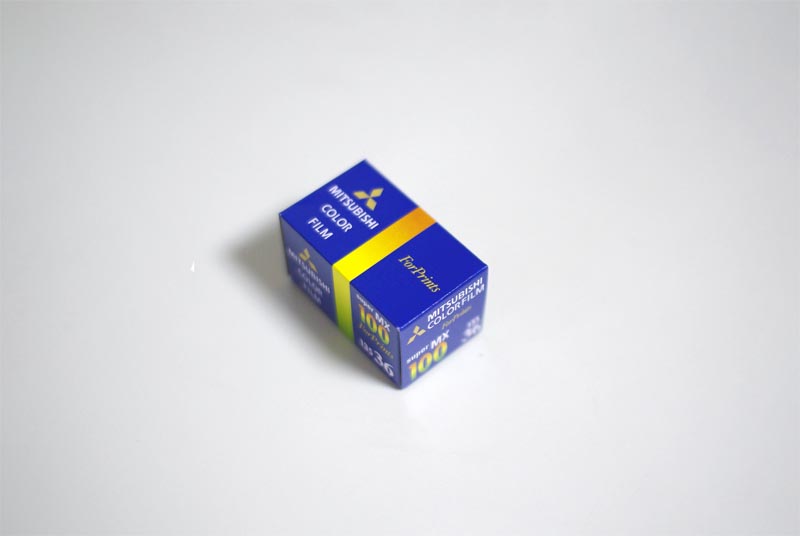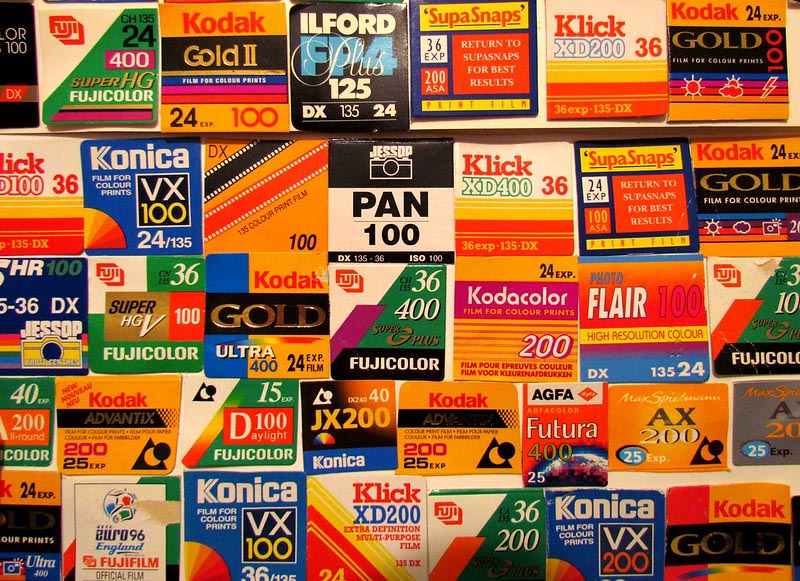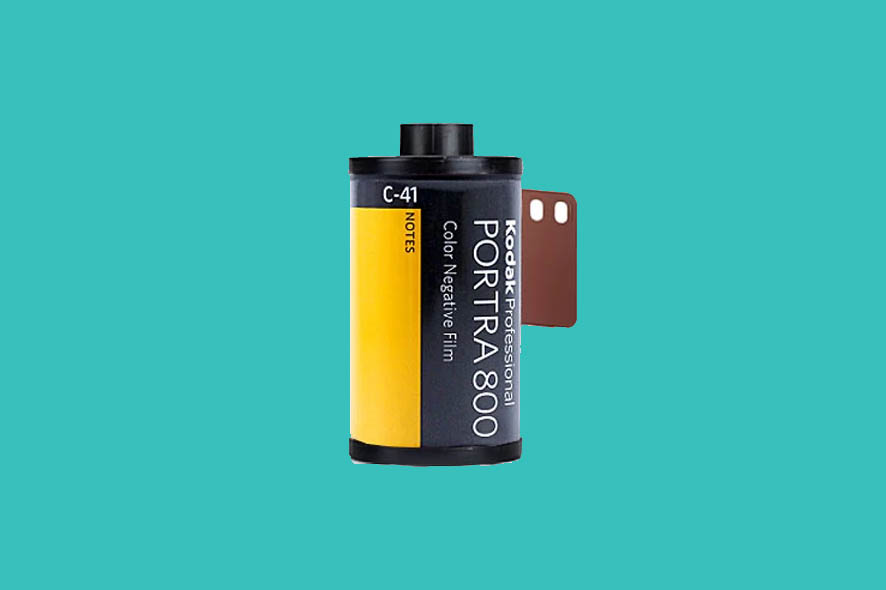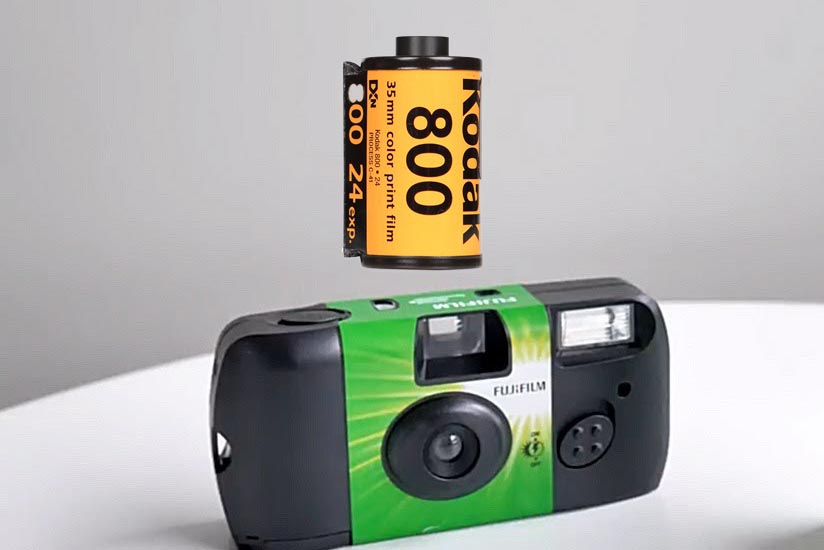Film: Mitsubishi MX 100 35mm Review
Last Updated on October 13, 2022
In this article we talk about the Mitsubishi MX 100 35mm, a film little known in the West, but which was very popular in Asia back in the 2000′s.

Table of Contents
1. Origin of the Mitsubishi MX 100 film
It was produced by Mitsubishi Imaging (MPM), which is one of the departments of the giant Japanese company, and which is dedicated to the field of imaging and printing. And it is where part of Konica Minolta, dedicated to the production of chemical emulsion was annexed.
That is why the Mitsubishi Super MX 100 may be a renowned version of the Konica Minolta VX100 from Konica Minolta. It is a reasonable deduction that however does not exclude that the film itself has some modification.
We can begin to highlight that the price with respect to the competition in its time always remained below. Making this film one of the most affordable.
It was only available in 135 format and in 100 and 200 iso versions.
2. Features of Mitsubishi film
We are facing a low iso film aimed at the domestic consumer market, that is why we do not expect benefits very different from those that other brands such as Kodak, FujiFilm and Agfa also offer in this range. However, we consider it pertinent to analyze them since we did find some differentiating features in our tests.
Grain
As is characteristic of iso 100 films, it has a fine grain, but in this particular case, it can even stand out. Since if we compare it with other films with which it competes such as the Agfa Vista 100, it is evident that the grain is slightly finer. Although we will have to do prints over 18 x 24 inches to notice.
In this comparison both photos were shot under the same conditions, cropped at 100% on a 6mp image scan.


Contrast
It has a good balance between light and shadow as long as the light situation is adequate, outdoors and daylight. In low-light the shadows begin to waver and the blacks lose contrast, which is something normal in this type of film.


In the first image you can see a good quality of shadows and range of tones, while in the second the blacks are lost even on the “well exposed” shot.
Colors
Like the contrast, if the light situation is ideal, the colors can be very balanced and have a very good richness of reds and greens.
But in the same way, the margin is not very high so that in low light situations the magenta tones begin to have prominence and oversaturate the image.
We have also noticed that in general magenta in the Mitsubishi MX 100 film is the tone that predominates also in very high lights. This occurs when the metering is unbalanced, that is, when the light is not adequately compensated, and in very bright situations there is a slight underexposure of the scene.


3. Conclusion
In general we can say that the Mitsubishi Super MX 100 film was very competitive in the range of domestic consumption, and although it did not have a long journey in the market, nor was it distributed worldwide, it had its remarkable peculiarities.
It is true that it is no longer possible to find it on the market in a current way, but it is possible to give it an experimental use if you are lucky enough to get one. Since applying the push / pull methods we can still get a good performance out of it, in addition, pushing expired films is a practice that is becoming more and more popular in the analog world.
Rating table of Mitsubishi MX 100
| Grain | 8/10 |
| Contrast | 7/10 |
| Colors | 8/10 |
| Price | 9/10 |
| Availability | 4/10 |
Mitsubishi MX 100 Sample Images









